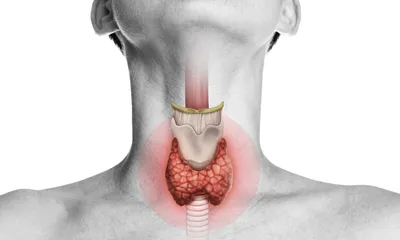Erectile Dysfunction (ED)
-
Description
-
Signs & Symptoms
-
Anatomy
-
Cause
-
Diagnosis
What is Erectile Dysfunction?
Erectile dysfunction involves a man being unable to achieve or maintain an erection so that he can engage in sexual intercourse with his partner. The way it can interfere with the flow of lovemaking can be both a source of frustration for both individuals, and if it occurs repeatedly, it can detract from the relationship. This condition is also sometimes referred to as impotence. Erectile dysfunction is more common in older men, and it can be either occasional or frequent. Frequent erectile dysfunction is considered to be a medical condition that needs to be addressed.
What Causes Erectile Dysfunction?
Looking at erectile dysfunction, it’s good to start by asking if there are relationship issues that might be causing the man’s lack of sexual responsiveness. If there are no underlying intimacy issues, then it’s time to consider if the dysfunction is physiological in nature. Erectile dysfunction occurs when there is insufficient blood flow into the penis despite sexual stimulation.
Conditions that can be the cause of this vascular problem include cardiovascular disease, diabetes, hypertension (high blood pressure), high cholesterol, hypothyroidism, obesity, kidney disease, sleep disorders, low testosterone levels or other hormonal imbalances, liver cirrhosis, and epilepsy.
Advanced age, Parkinson’s disease, multiple sclerosis, prescription medication use, and excessive alcohol consumption can also be behind what causes erectile dysfunction. Men who have Peyronie’s disease may have difficulty getting an erection because of it, and erectile dysfunction may also promote poor mental health and wellness.
Erectile Dysfunction Symptoms
The inability to get an erection or maintain one long enough to start sexual intercourse is what will be experienced with ED. Some men with erectile dysfunction may also have premature or delayed ejaculation, or anorgasmia. This is the inability to have an orgasm despite ample stimulation.
Erectile Dysfunction Treatment
The most conventional approach to erectile dysfunction is to take oral ED medications like Viagra or Cialis. Another possibility is to use a topical ED treatment gel like Eroxon Stimgel. If erectile dysfunction is the result of hormonal imbalances, then a doctor may recommend testosterone replacement therapy for erectile dysfunction.
If ED is the result of mental health issues, then it is often beneficial for the man to receive counseling and talk therapy to help him overcome the issues that may be contributing to his sexual dysfunction.
Signs & Symptoms
- Inability to achieve or maintain an erection
- Premature ejaculation
- Delayed ejaculation
- Anorgasmia (inability to have an orgasm)
- Reduced sexual desire
Anatomy
- Penis
- Blood vessels
- Corpus cavernosum
- Pelvic muscles
- Prostate
- Testes
- Hormonal system
Cause
- Cardiovascular disease
- Diabetes
- Hypertension
- High cholesterol
- Hypothyroidism
- Obesity
- Kidney disease
- Sleep disorders
- Low testosterone levels
- Liver cirrhosis
- Epilepsy
- Advanced age
- Parkinson’s disease
- Multiple sclerosis
- Excessive alcohol consumption
- Peyronie’s disease
- Mental health issues
Diagnosis
- Medical history review
- Physical examination
- Blood tests
- Urinalysis
- Ultrasound
- Psychological evaluation



